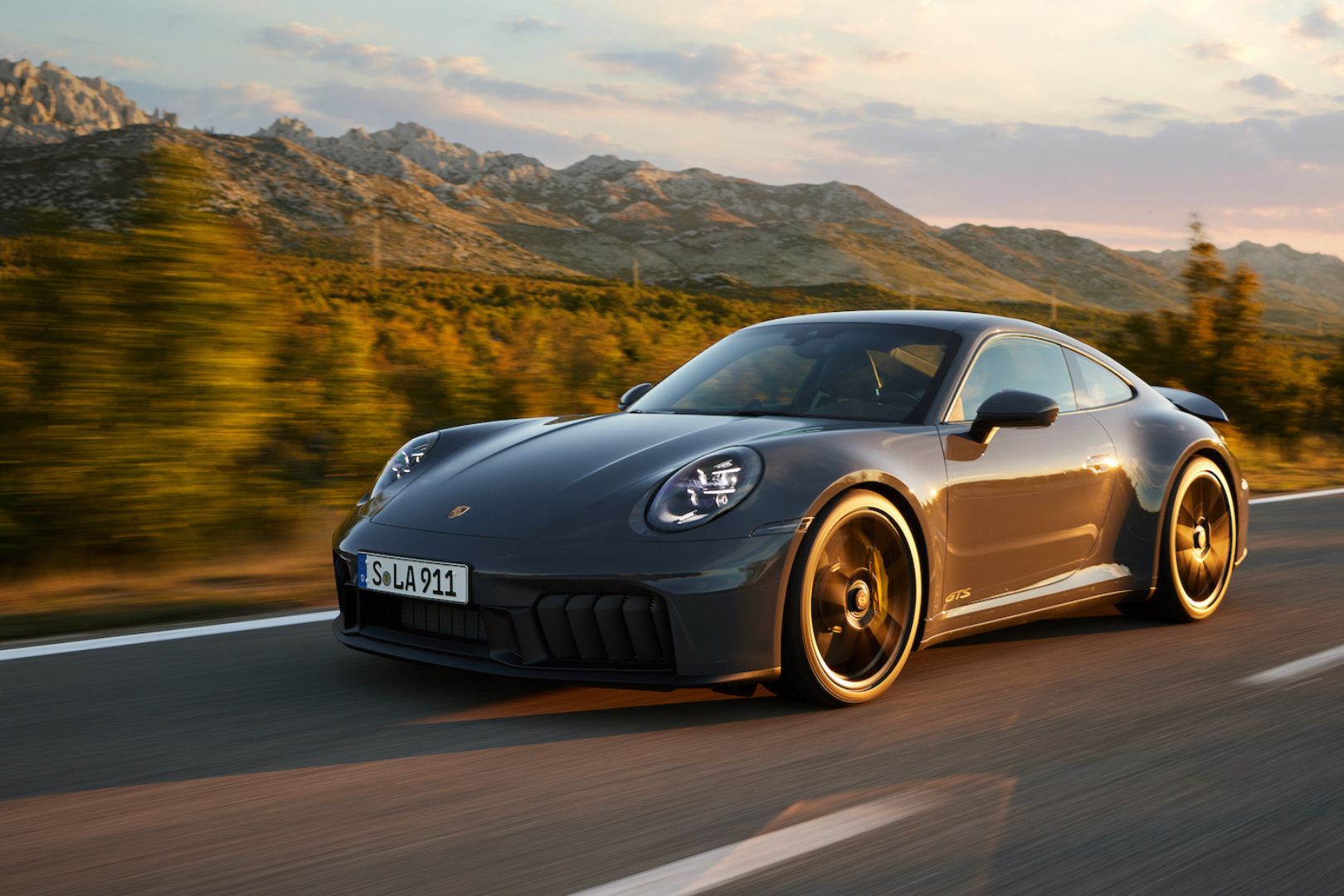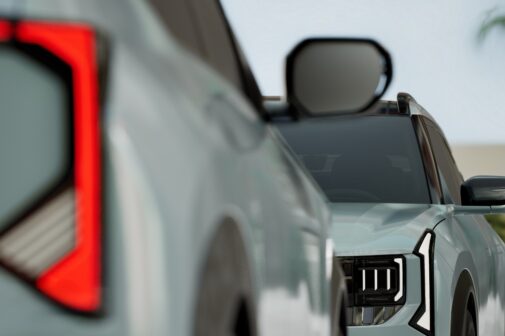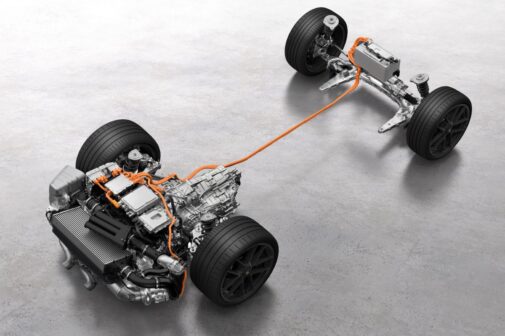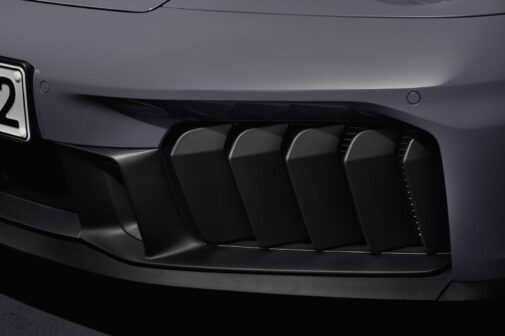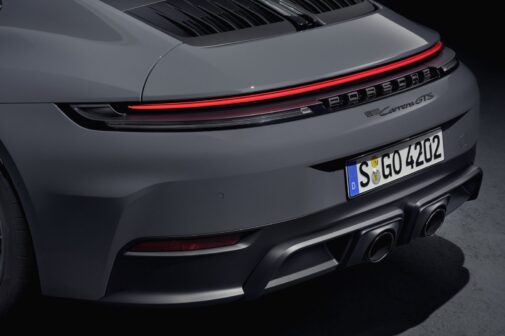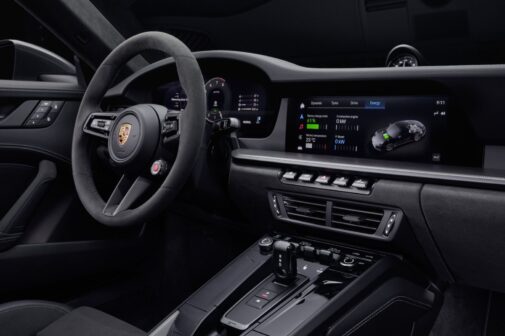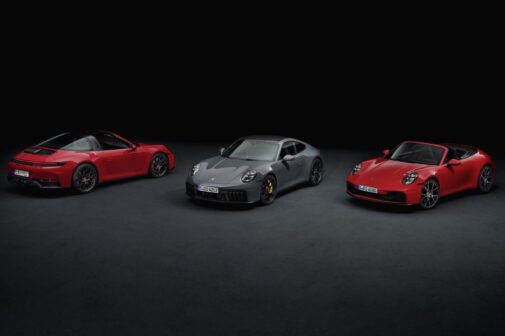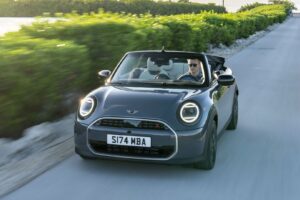Ever thought you’d see the day with the words Porsche 911 and hybrid in the same sentence? You didn’t, did you? But it was inevitable. However, if you’re thinking the Porsche 911 T-Hybrid is going to be just like any other hybrid car, with electric drive modes and range extenders, you’re in for a mighty surprise.
Porsche engineers say they have incorporated learnings from the race track onto designing the hybrid system. The powertrain is a 3.6-litre unit, with a newly-developed electric exhaust gas turbocharger, and another electric motor mounted on the 8-speed PDK transmission.
Let’s focus on the electric turbocharger system first. An electric motor is placed between the compressor and turbine wheel to help boost pressure. The electric motor in this turbocharger acts as a generator for the 1.9 kWh battery, and produces 14.7 bhp, helping the turbo spool up faster, and thereby countering lag. The other electric motor is mounted onto the 8-speed PDK transmission. This setup not only provides a power boost of 53.6 bhp, but also gives upto 15.29 kgm of extra torque at low revs. However, it isn’t enough to really move the 911 T-Hybrid on its own, and hence there is no dedicated EV mode.
All in all, this new setup produces a combined output of 533 bhp and 62.20 kgm of torque, which is 60.3 bhp more than the outgoing GTS. It also reaches triple figures in just 3 seconds, while maxing out at 312 kph. Despite all the changes, the Porsche 911 T-Hybrid weighs just 50 kg more than the outgoing GTS. Noice.
The 911 T-Hybrid also makes use of rear-axle steering (a first for a 911), along with Porsche’s dynamic chassis control, which has been integrated directly into the 400V hybrid setup. Rounding things off are adaptive suspension dampers and 10 mm lower ride height.
Talking about the design, well, you don’t really expect a 911 to look like anything else, do you? However, a closer look will reveal changes that have been made to improve aerodynamics and performance. The redesigned front bumpers feature active vertical aerodynamic flaps, along with radars and sensors below the number plate. At the rear, there is a redesigned light strip, diffuser, and GTS-specific exhaust systems.
For the first time, the Porsche 911 features a fully-digital instrument cluster, and it also now only seats two people. A new drive mode button replaces the twist-switch for the drive modes, and there is also a cooled smartphone charging pad, a 10.9-inch infotainment screen, Spotify and Apple apps, and optional video streaming among other things.
Porsche also showcased the ‘base’ 911 Carrera, retaining the 3.0-litre twin-turbo boxer engine, but it has been revamped, borrowing not only the intercooler from the 911 Turbo, but also the larger turbochargers from the outgoing GTS models. The new intercooler now sits directly under the rear lid grille, above the engine. Output figures stand at 388 bhp and 45.88 kgm of torque, hitting a top speed of 294 kph and reaching triple digits in 4.1 seconds.
When is the new Porsche 911 T-Hybrid coming to India? While Porsche was quick enough to bring us the 2024 Cayenne GTS after its global reveal, it declined on bringing the 911 Safari here. However, the base 911 Carrera is likely to make it here first, followed by the T-Hybrid which may be some time away.





